Locking in interest rates, fixing milk prices and concentrating on grass are among the key tools used by New Zealand’s Corrigan Sowman to weather a challenging few years for dairy down under.
Corrigan milks just over 700 cows on 400ha of owned and leased land in partnership with his brother. He will give an insight into the operation at Irish Farmers Journal Dairy Day on 21 November.
The Sowmans farm on the northern tip of the country’s south island.
On the grass-front, they have been sticking to their spring rotation planner, keeping covers in check and ensuring correct soil fertility, particularly around pH, to grow an average of 13t DM/ha.
“When I come over to Ireland, I am a bit in awe of how you can grow grass. My climate is not quite as easy as yours. We have a summer humidity that reduces our growth rates, we can have over 2m of rainfall and we are irrigated,” he explained.
Nitrogen usage
The farm has reduced nitrogen usage over the last few years, which Corrigan said puts them a “little ahead of the curve” on improving water quality.
“That has been really hard because you don’t necessarily get the clover into your sward as quick as you see the reduction in grass growth from N. The farm aims to utilise just over 10t DM/ha and feeds an average of 500kg to 600kg DM of supplementary feeding/cow.
"Concentrate is targeted at managing dry matter intakes and correcting covers when needed. The herd ranks in the top 5% of New Zealand’s herds on genetic merit, with 475kg-type cows delivering 440kg solids last year. The Sowmans target 90% of cows’ liveweight in solids. Corrigan sees immense opportunities for future genetic gain posed by tools like genotyping and sexed semen.
“They’re all things that are allowing us to speed up our rate of genetic gain quite quickly and to also really think about who the passengers are and who the rock stars are in your herd.”
When I come over to Ireland, I am a bit in awe of how you can grow grass. My climate is not quite as easy as yours
New Zealand faced a milk price slump over 2023 similar to Ireland.
“The milk prices were certainly down last year but more than anything, the biggest issue is inflation with the post-COVID recovery and interest rates that have brought a big cost-price squeeze. Interest rates for a lot of farmers double or close to doubled, and that was probably their margin.
“We have seen deflation in some areas, like fertiliser, but a lot of that inflation is quite baked into the New Zealand economy now, like servicing costs and machinery costs. It has been a difficult couple of years in the context of cash management.”
Farmers managed the cost-price squeeze differently, with much depending on borrowing situations.
“Even though we are pasture-based largely, it is quite a broad church of some very intensive, some young farmers trying to get started, some multi-generational businesses. You have quite a big cross-section.
“Some farmers have been able to hunker down and control those costs well and enjoy maybe better bank lending criteria, they might have had fixed interest rates, they could weather that better.
“They might have done milk price hedging which is more and more used here. So, those things have helped but if you talk to your local service providers to agriculture, they have had a very difficult couple of years. Some farmers have closed the wallet, so to speak.”
Corrigan maintains that the country’s milk volume trends are more driven by land use change and climate factors more than the wider economic issues arising over the last two years as farmers were “still trying to keep milk flowing into the vat” to keep bills paid.
“Farmers should, you know, come along to Dairy Day and talk to your friends. You know, talk to your colleagues and talk to others, farmers and professionals because all this information helps.
“Just sharing some of the pressures of a pretty difficult year for you guys over here is really important. That’s a key message for me.” If you want to make good decisions on your farm, you’ve got to have your head in a good place to begin with and the only way to do that is to be conscious of it.”




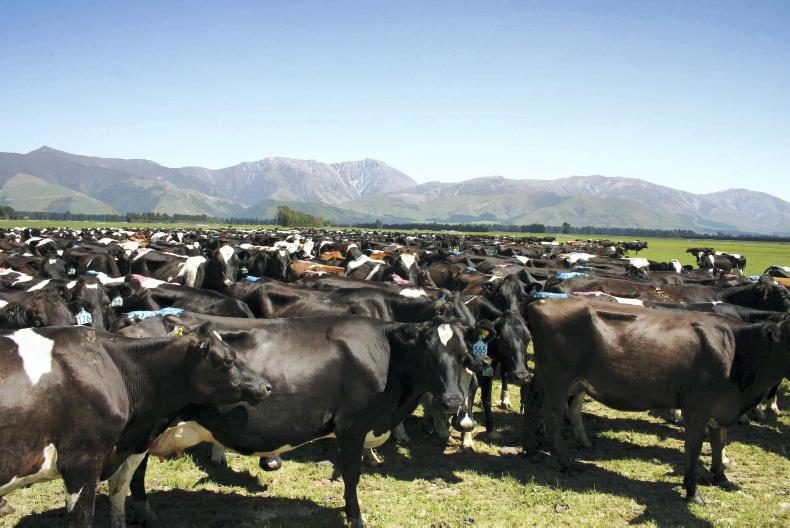
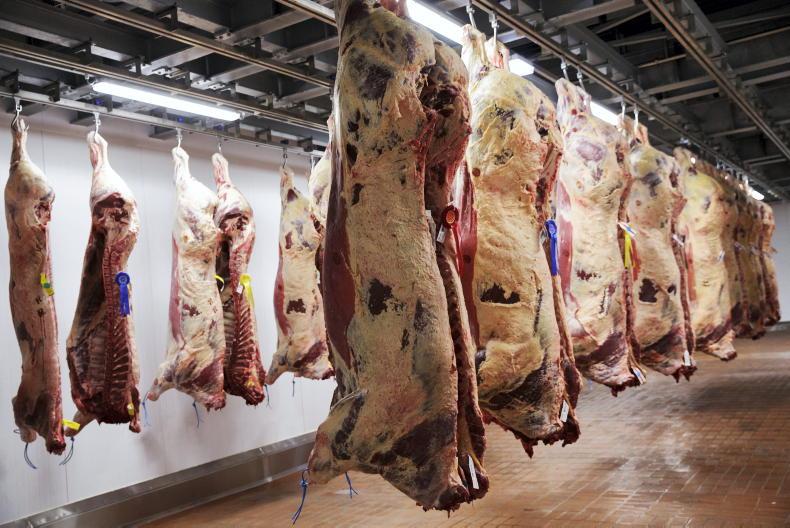

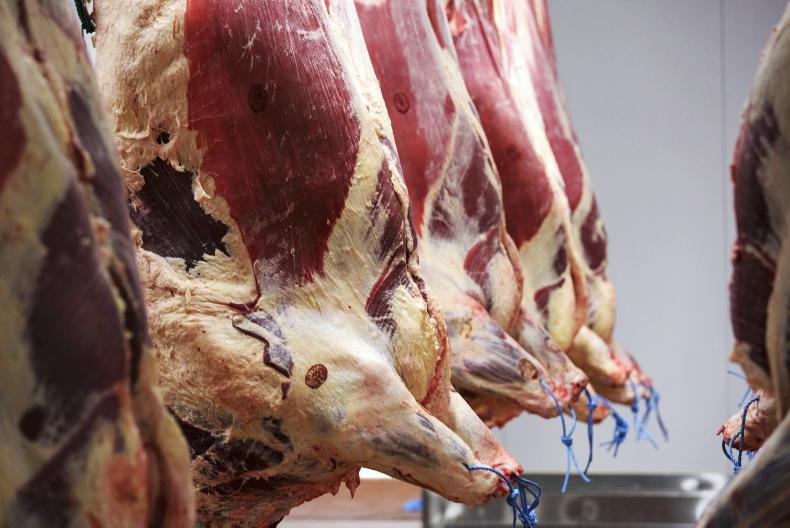
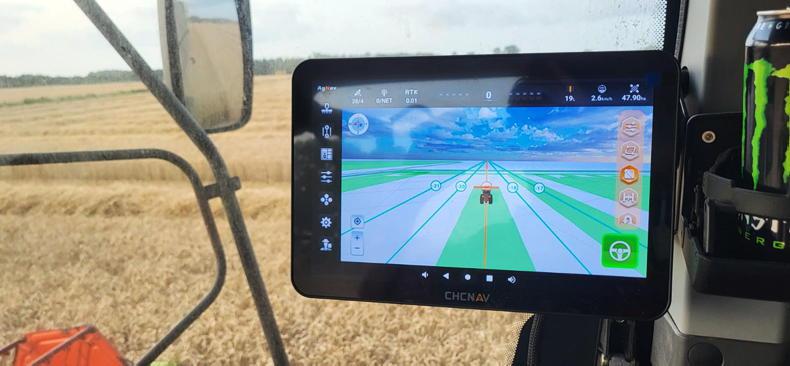
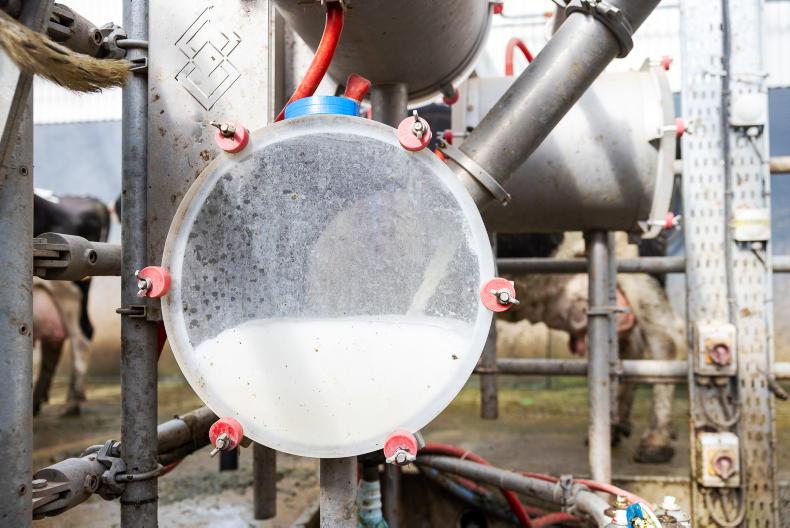
SHARING OPTIONS